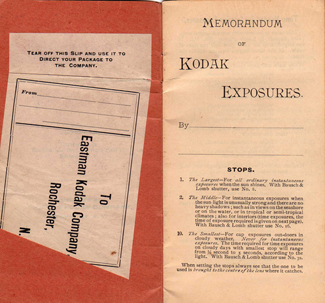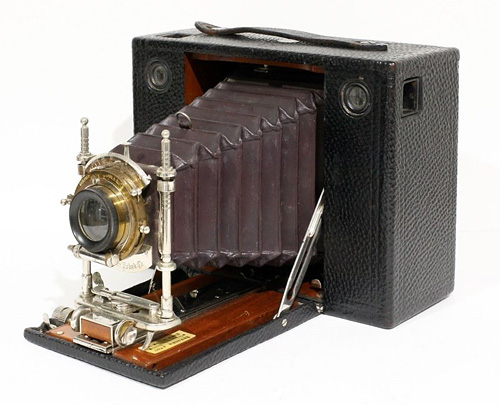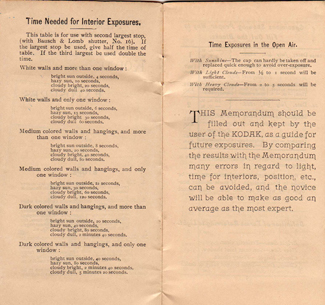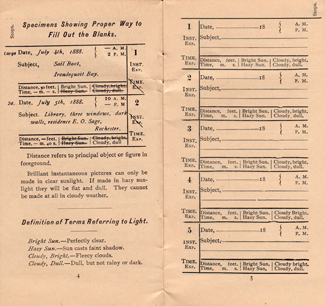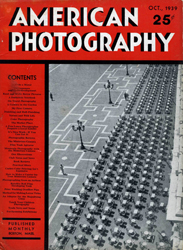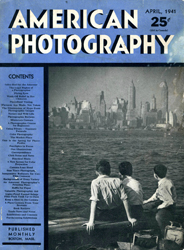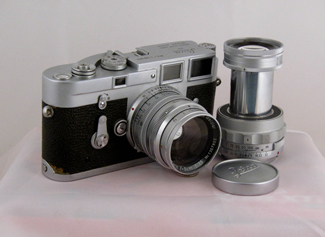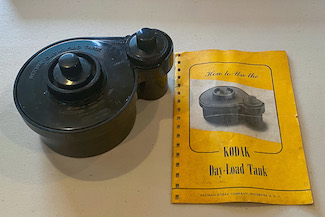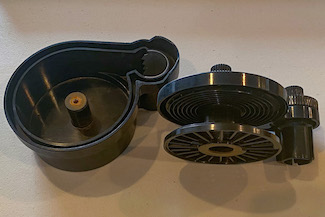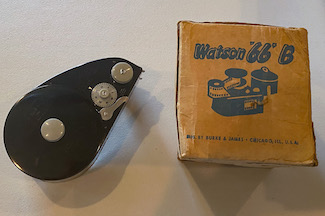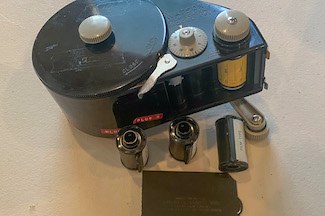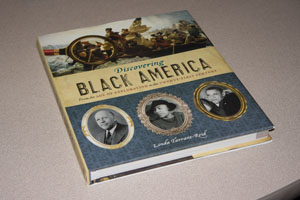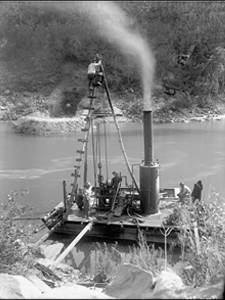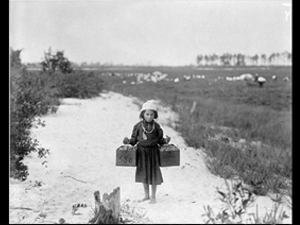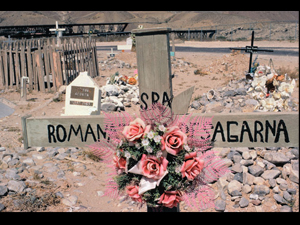Online Magazine
Recent Posts
- Safeguard your Cellphone Photos
- Black & White to Color – Instantly
- Wearing Many Hats
- Video Roundup
- Rescuing Your Blurry Pictures
- Showing Their Age
- What is Your Angle?
- Panorama Photos
- Humorous Photos
- Close Ups
- Fisheye Pictures
- Photo Antiquities
- Printing Big
- Appreciating Scale
- Celebrity Sightings
Tags
More Places to Go
- Free "How-To" Books “How To” books for popular cameras 0
- Vist Us on Facebook keep in touch with us on Facebook 2
Archives
- July 2023 (1)
- March 2023 (2)
- February 2023 (1)
- December 2022 (1)
- October 2022 (1)
- September 2022 (8)
- August 2022 (9)
- July 2022 (1)
- June 2022 (1)
- June 2021 (1)
- May 2021 (1)
- March 2021 (5)
- February 2021 (4)
- January 2021 (2)
- April 2019 (1)
- March 2019 (1)
- February 2019 (1)
- October 2018 (2)
- April 2018 (1)
- March 2018 (4)
- February 2018 (1)
- November 2017 (1)
- August 2017 (1)
- June 2017 (1)
- April 2017 (1)
- March 2017 (5)
- February 2017 (2)
- January 2017 (1)
- October 2016 (1)
- September 2016 (1)
- August 2016 (1)
- July 2016 (1)
- May 2016 (1)
- April 2016 (1)
- March 2016 (2)
- February 2016 (1)
- January 2016 (2)
- December 2015 (1)
- November 2015 (1)
- October 2015 (3)
- April 2015 (1)
- March 2015 (5)
- February 2015 (1)
- January 2015 (4)
- December 2014 (2)
- November 2014 (5)
- October 2014 (2)
- September 2014 (1)
- August 2014 (2)
- July 2014 (1)
- May 2014 (1)
- April 2014 (5)
- March 2014 (5)
- December 2013 (2)
- November 2013 (18)
- October 2013 (1)
- September 2013 (1)
- August 2013 (1)
- July 2013 (1)
- June 2013 (3)
- May 2013 (1)
- April 2013 (2)
- March 2013 (1)
- February 2013 (1)
- January 2013 (1)
- December 2012 (1)
- November 2012 (2)
- October 2012 (2)
- September 2012 (5)
- August 2012 (2)
- July 2012 (1)
- June 2012 (1)
- May 2012 (1)
- April 2012 (4)
- March 2012 (1)
- February 2012 (1)
- January 2012 (3)
- December 2011 (1)
- November 2011 (3)
- October 2011 (1)
- September 2011 (2)
- August 2011 (2)
- June 2011 (3)
- May 2011 (4)
- April 2011 (8)
- March 2011 (8)
- February 2011 (10)
- January 2011 (6)
- December 2010 (11)
- November 2010 (14)
- October 2010 (6)
- September 2010 (12)
- August 2010 (2)
- July 2010 (4)
- June 2010 (3)
- May 2010 (1)
- April 2010 (1)
- March 2010 (2)
- February 2010 (1)
- January 2010 (1)
- December 2009 (1)
- November 2009 (2)
- October 2009 (2)
- September 2009 (1)
- August 2009 (3)
- July 2009 (2)
- June 2009 (1)
- May 2009 (2)
- April 2009 (1)
- March 2009 (2)
- February 2009 (1)
- January 2009 (3)
Photo Antiquities
14th September 2022
Collectors Items
Among the many boxes stored in my basement are several older articles.
Some of them are photography related and may be of interest to those of you who like to investigate historical items.
Here are a few examples from which I’ve brushed off the dust.
Maybe I can find a few more items in the basement.
Written by: Arnie Lee
An “out of my element” book review
02nd September 2012
Discovering Black American
In 1978, we founded our parent company Abacus as a publisher of books and software. So for 35 years I’ve been involved with everything that accompanies the task of books – acquisition, contracts, manuscripts, editing, rewriting, printing, marketing, reviews, etc. The books that we publish are technical books: computing, electronics, aviation. While this gives me some expertise evaluating and reviewing books of this genre, I admittedly lack experience evaluating and reviewing history books.
Consequently, the mini-review that I’m about to give here is not based on my in depth knowledge of the subject matter. Rather it’s based only on my personal interest in this topic. Professionally speaking I’m not qualified to comment on history – but can you cut me some slack when I describe the book’s attractive layout and appearance, riveting content, easy reading, and many fine photographs and illustrations?
And so the author’s narrative continues methodically through the Civil War, the Reconstruction Era, the two World Wars leading up to the contentious Civil Rights movement and onto the surprising election of our first Afro-American President.
Discovering Black America is divided into eight chapters arranged chronologically. Each chapter has several sub-sections. I found the reading to be short and sweet – quite descriptive but without any fluff. I didn’t have any trouble reading a few pages at one sitting and being able to easily pick up from where I left off later. The chapters are generously enhanced by attractive sidebars that provide additional interesting detail. The author somehow manages to apply a matter-of-fact voice to some very depressing and disappointing periods of American history.
Overall, the 240-page hardbound book is printed on high quality stock. The large book is handsome enough to adorn your coffee table, but you’ll be much better served by reading rather than just looking at it. Oh, did I mention the fine photographs and illustrations that abound its pages?
Full disclosure: since I’ve been a Facebook user, I’ve rekindled numerous friendships from the past. One of these is with Linda Tarrant-Reid, the author of Discovering Black America. Since we both graduated from New Rochelle High School (New York) in 1967, you can judge for yourself how far back this “past” extends. Anyway I’d like to commend Linda on the fine work that she’s shared through her book.
Why a review at Stay Focused? Maybe we can attribute it to editorial privilege. While “stay focused” is a term that is commonly used in photography, it is also a phrase that suggests that we don’t become distracted from things that really matter. I’d like to think that understanding the black sub-culture in our country is one of those things that really matter.
For those interested, I bought my copy of Discovering Black America online from Amazon for about $21. I found the book to be well worth its price.
Title: Discovering Black America
Author: Linda Tarrant-Reid
Publisher: Abrams
ISBN: 9 780810 970984
Reviewed by: Arnie Lee
Photographers From The Past
27th September 2011
Need Some Inspiration? Look To The Past
Every photographer needs a boost of inspiration once in awhile. Perhaps there is no better way to get some needed inspiration than to look at the work of the great photographers of the past.
You may wonder why you should look at their photography. One simple reason is that we can learn from their work. They had to be good photographers. After all, we still view, respect and admire it today. Consider the equipment they were using at the time. And many didn’t have the advantage of learning from earlier photographers because they were among the first.
They grappled with exposure, lighting and shutter speed – the same things we tackle today with our digital photography. We can learn about photographic techniques – composition, mood, lighting, etc., from these early photographers that we may have not considered beforehand.
One name that is on everyone’s list is Ansel Adams.
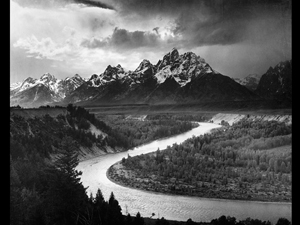 |
“The Tetons – Snake River” by Ansel Adams, Wyoming, 1942 (Photographer: Ansel Adams | Courtesy U.S. National Archives) |
Furthermore, there are many different styles of photography available. You can think of a favorite news photographer, sports photographer, fashion photographer, nature photographer and so on.
Where can you find these photographs?
The federal government is the best place to start because many of these photographs are in the public domain. I recommend visiting the National Archives website (www.archives.gov). They have a wonderful section called “Picturing The Century” with several galleries and exhibits (www.archives.gov/exhibits/picturing_the_century/galleries/newcent.html#).
Another website is the “Prints & Photographs Online Catalog” section at the U.S. Library of Congress (www.loc.gov/pictures/)
Why not check out the work of the famous early photographers? The following are some photographers and their work I came across while visiting these websites.
Dorothea Lange (1895-1965)
Even if you’re not familiar with her name, you’ve probably seen Dorothea Lange’s photographs.
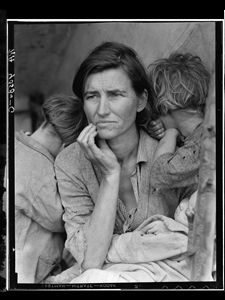 |
Migrant Mother is arguably one of the most recognized photographs taken during the Great Depression. (Photographer: Dorothea Lange | Courtesy U.S. Library of Congress) |
She was born in Hoboken, New Jersey. She became a photographer when she was eighteen years old at a time when there weren’t many women photographers. She, however, became one of the most influential American documentary photographers and photojournalists.
She’s best known for her Depression-era work for the Farm Security Administration (FSA). She brought out the despair, suffering and hopelessness that people endured throughout the Great Depression but with a compassionate and caring way. Her work had a tremendous influence on the development of documentary photography and continues to influence photographers today.
George Ackerman (1884-1962)
George Ackerman began working as a photographer for the Bureau of Plant Industry in 1910 and later worked for the Federal Extension Service in 1917. He photographed rural life as he traveled across the United States during his years working for the U.S. Department of Agriculture.
The total number of photographs that George W. Ackerman took in his years with the U.S. Department of Agriculture will never been known but it’s quite possible that’s more than 50,000 photographs. (One reason the total will never be known is that his photographs appeared in many private and government agricultural publications, but he wasn’t always given credit for them.) Although 50,000 photographs over forty years may not seem like many in our digital photography age, keep in mind this was years before digital and the equipment he used was large and cumbersome.
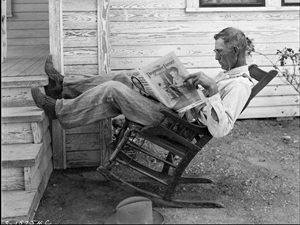 |
Photograph called simply “Farmer Reading His Farm Paper” in Coryell County, Texas, September 1931 (Photographer: George W. Ackerman | Courtesy U.S. National Archives) |
Walter Lubken (1881-1960)
Walter J. Lubken is another photographer to take thousands of photographs after he was hired by the federal government. Lubken served as the official photographer from 1903 to 1917 for the United States Reclamation Service (USRS).
He carefully photographed over two dozen irrigation projects as well as other government sponsored projects throughout the western United States. This is very impressive when you consider that he had to travel with his large camera, glass-plate negatives and other supplies.
In addition to the irrigation projects, the USPS also asked Lubken to photograph the towns and fars near the irrigation projects. The USRS was preparing a series of articles that were to encourage people ot settle on land reclaimed from the desert through irrigation.
Lubken left professional photography after completing his work for the USRS but went back into photography in a big way in the 1930s when he photographed the building of Boulder Dam (now called Hoover Dam) near Las Vegas, Nevada.
Lewis Hine (1874-1940)
Lewis Hine was born in Oshkosh, Wisconsin and studied sociology at the University of Chicago, Columbia University and New York University. He used his cameras to help improve social reform in the United States.
He became the photographer for the National Child Labor Committee (NCLC) in 1908. Hine photographed and documented child labor in American industry for the next several years to help the NCLC’s lobbying efforts to end the practice.
His photographs, such as the following, were critical in changing the child labor laws in the United States.
Danny Lyon
Unlike the other photographers in this article, Danny Lyon (1942-) is still shooting photographs today and is one of the most original documentary photographers of the late 20th century.
Lyon grew up in a middle-class section of New York City and became interested in photography when he was seventeen years old. He studied history at the University of Chicago and in 1962 joined the civil rights movement. He soon became a staff photographer for the Student Nonviolent Coordinating Committee (SNCC).
You’ll find many more photographs, galleries and exhibits at both the National Archives and the Library of Congress websites. In addition to many recognized photographers are “unknown” photographers whose work we can still enjoy today.
I hope you can spend a lot of time looking through the work of some of the great photographers of past decades. Maybe we can all gain some inspiration from these masters.
Written by Scott Slaughter

